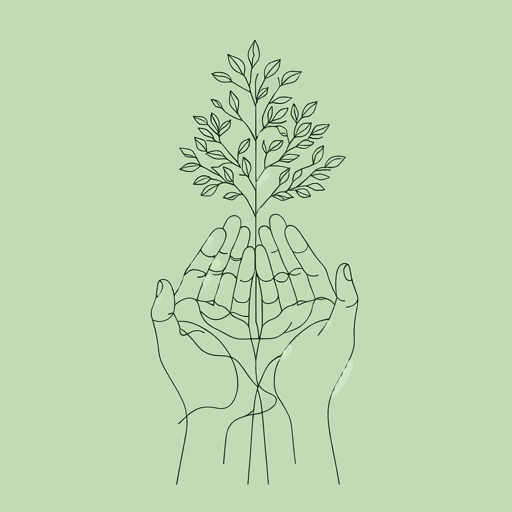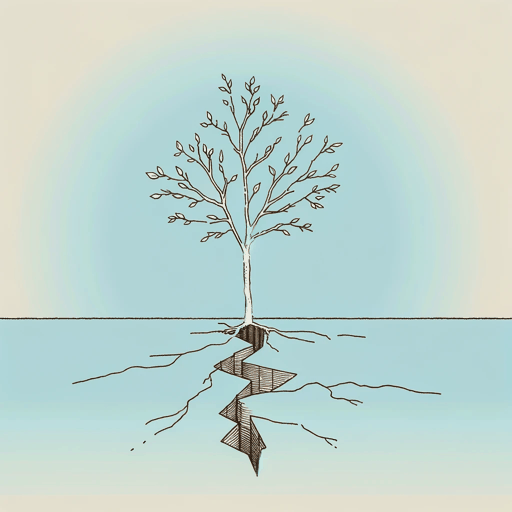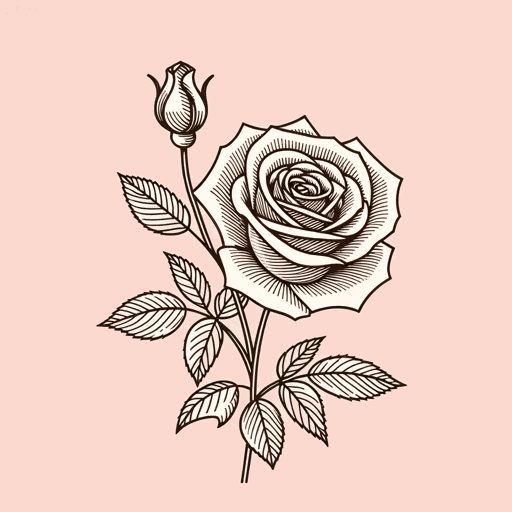65 pages • 2 hours read
Rebecca SolnitOrwell's Roses
Nonfiction | Biography | Adult | Published in 2021A modern alternative to SparkNotes and CliffsNotes, SuperSummary offers high-quality Study Guides with detailed chapter summaries and analysis of major themes, characters, and more.
Part 3Chapter Summaries & Analyses
Part 3: “Bread and Roses”
Part 3, Chapter 1 Summary: “Roses and Revolution”
Solnit describes the work of Tina Modotti, an Italian photographer whose work “Roses, Mexico,” from 1924, becomes a touchstone from which the author examines the political fractures of the early 20th century. Modotti began as a revolutionary and ended as “a supporter of the Soviet Union during some of its most brutal years” (84).
Solnit details the photograph, noting that the roses appear to be in different stages of life. She calls the image “sensuous, voluptuous” (78), which explains its enduring popularity—at one point it sold for the highest price ever garnered for an art photograph. Solnit first refers to the photograph first as an opportunity to discuss the beauty of roses and to speculate about why so many people are drawn to them. Both the aesthetic appeal and the fragility of roses (and flowers in general), she suggests, are inherently ephemeral, which is why artificial flowers don’t satisfy the senses like real ones do. Scent, too, carries great significance: The rose’s scent is part of its appeal.
Additionally, Solnit notes that symbols—such as the mandala—are drawn from nature and not the other way around. Roses and other flowers inspire spiritual, as well as bodily, reflection. She comments that flowers often represent the female, as their very structures mimic the visual appearance of female body parts (a la Georgia O’Keefe’s paintings)—and that flowers often reveal how the sensual intertwines with the spiritual.
Related Titles
By Rebecca Solnit

A Paradise Built in Hell: The Extraordinary Communities That Arise in Disaster
Rebecca Solnit

Hope In The Dark: The Untold History of People Power
Rebecca Solnit

Men Explain Things To Me
Rebecca Solnit

River of Shadows
Rebecca Solnit

The Faraway Nearby
Rebecca Solnit
Featured Collections
Beauty
View Collection
Books About Art
View Collection
Books & Literature
View Collection
Contemporary Books on Social Justice
View Collection
Earth Day
View Collection
National Book Critics Circle Award...
View Collection
Philosophy, Logic, & Ethics
View Collection
Politics & Government
View Collection
Popular Study Guides
View Collection
Truth & Lies
View Collection

